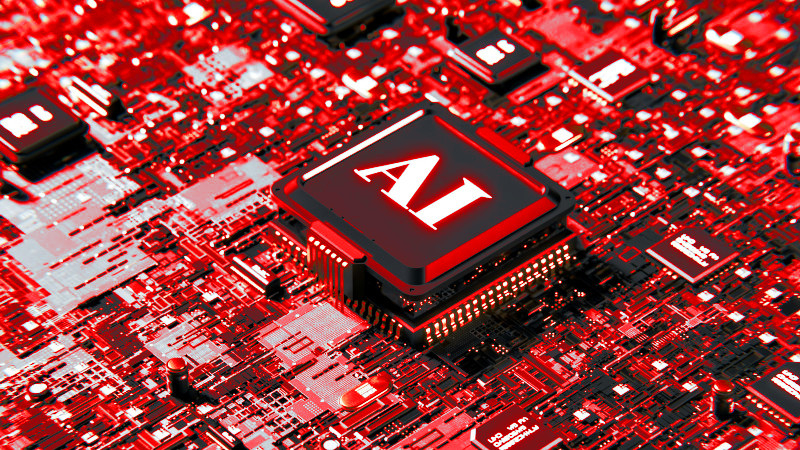Artificial intelligence has entered a new era thanks to OpenAI’s o1 AI model, which has moved significantly closer to human thinking. Her impressive score of 83 out of 100 on the AIME test placed her in the top 500 in the U.S. Math Olympiad. However, such achievements are accompanied by serious challenges, including the risks of human manipulation of AI and the possibility of its use to create biological weapons.

Image source: Saad Ahmad / Unsplash
For a long time, AI’s lack of ability to think through its responses has been one of its main limitations. However, the o1 AI model made a breakthrough in this direction and demonstrated the ability to meaningfully analyze information. Despite the fact that the results of her work have not yet been published in full, the scientific community is already actively discussing the significance of such an achievement.
Modern neural networks mainly operate on the principle of the so-called “system 1”, which provides fast and intuitive information processing. For example, such AI models are successfully used to recognize faces and objects. However, human thinking also includes “system 2,” which is associated with deep analysis and consistent reflection on a problem. The o1 AI model combines these two approaches, adding complex reasoning typical of human intelligence to the intuitive processing of data.
One of the key features of o1 was its ability to build a “chain of thought” – a process in which the system analyzes a problem gradually, devoting more time to finding the optimal solution. This innovation allowed the AI model to achieve a score of 83 on the American Mathematical Olympiad (AIME) test, which is significantly higher than the result of GPT-4o, which scored only 13 points. However, such successes are associated with increased computational costs and high energy consumption, which calls into question the environmental friendliness of the development.

Image source: Igor Omilaev / Unsplash
Along with the achievements of the o1 AI model, potential risks are also growing. Her improved cognitive abilities have made her capable of misleading people, which may pose a serious threat in the future. In addition, the level of risk of its use for the development of biological weapons is rated as medium – the highest acceptable indicator on the scale of OpenAI itself. These facts highlight the need to implement strict safety standards and regulate such AI models.
Despite significant advances, the o1 AI model still faces limitations in solving problems that require long-term planning. Her abilities are limited to short-term analysis and forecasting, which makes it impossible to solve complex problems. This suggests that creating fully autonomous AI systems remains a challenge for the future.
The development of AI models like o1 highlights the urgent need for regulation in this area. These technologies open up new horizons for science, education and medicine, but their uncontrolled use can lead to serious consequences, including safety risks and unethical use. Mitigating these risks requires ensuring transparency in AI development, maintaining ethical standards, and implementing strong regulatory oversight.